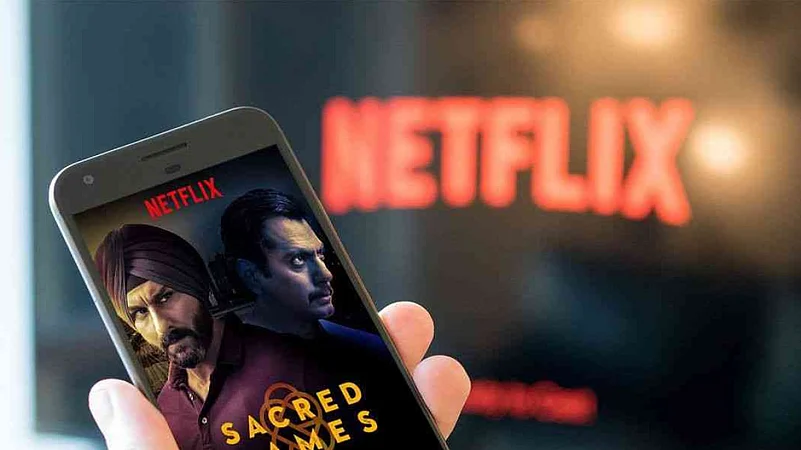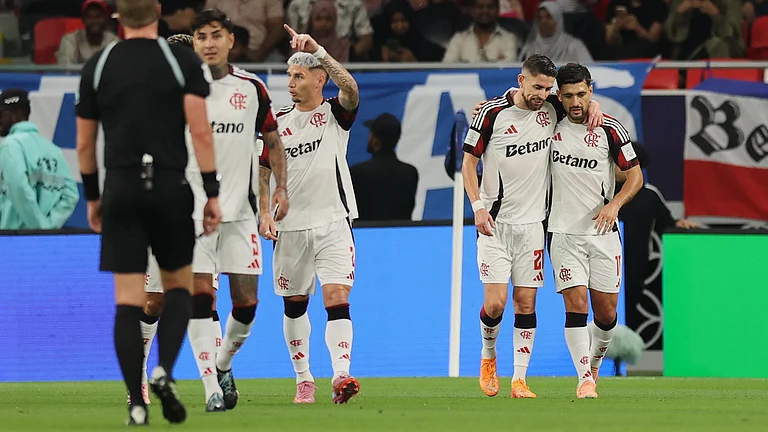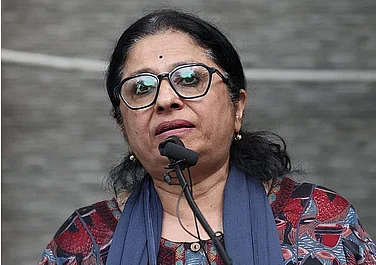Netflix India recently cut down its subscription prices way below what they had ever offered. Their previous lowest was Rs 199 monthly, but for just a single screen, and now they’ve moved on to Rs 199 monthly for all devices with two devices screening at the same time. While people are happy with this price down, but still it seems like half measures to protect a dwindling business.
To be honest, this change in Netflix’s pricing was bound to happen. Netflix co-founder, president and co-CEO Reed Hastings had said in an investor call last month that they were facing a lack of success in the Indian market and it was frustrating for them. The subscriber numbers were also revealed, and it had been said that Netflix India has around 4.3-4.5 million subscribers. However, this was just a minuscule percentage when it is compared to its rivals like Disney+Hotstar, which has close to 36 million subscribers and Amazon Prime Video, which has over 17 million subscribers. So, what is hampering the growth of Netflix?
While pricing is obviously the most important fact, a deep dive into checking the reasons for its below-average success in India is also its content. The content that Netflix India is providing is nothing too unique which the users were expecting when it launched in India. When Netflix launched in India around 2016-17, audiences were super excited to get an alternative in the content space from the regular saas-bahu and reality shows space. Therefore, shows like ‘Sacred Games’ became such a massive success.
But soon enough, Prime, Disney+Hotstar, Zee5 and Sony Liv started coming up with shows which were equally good. Shows like ‘Mirzapur’, ‘Scam 1992’ and many others became massively popular on these OTT platforms. And they were giving subscriptions at around Rs 350-450 for an entire year. Prime, at Rs 999 for a year, managed to not just provide content but also waive off customers’ cost for product delivery for their eCommerce business in the same amount.
So, automatically audiences started shifting to these platforms as the pricing was less. When their next subscription payment due date came for Netflix, they began contemplating, “Why should I pay Rs 199 or 499 a month to Netflix, when I can have a similar experience on these others at almost the same price for an entire year?” The expectations of audiences started growing up from Netflix. They were expecting to see something of the level of ‘Game Of Thrones’ or any other massively popular international show, which sadly Netflix India wasn’t offering. Their shows and that of the other OTT channels in India weren’t too different.
One can agree that the user experience of Netflix is beyond par, and no other OTT platform is giving such a great user interface. Also, Netflix is bringing in many shows from every corner of the globe to our fingertips. Shows from Spain, Brazil, Italy, Australia, Argentina, etc are massively popular among Indian viewers as well. But they’re all English dubbed, and rarely have a Hindi dubbing available, which makes them only watched by the elite and the urban upper-middle class. But, what about the Indian content which the Indian average consumer is looking for? Audiences surely won’t be willing to pay that high subscription price, just for a fantastic user interface, when the content that they’re getting is not of that great quality.
Netflix India really needs to brainstorm and see where they’re going wrong, and how they can either reduce the cost of subscription to match that of the other OTT players or raise the standard of their India original content to a level that none of the other players are able to match that. Until that is done, surely these numbers would be dwindling and it won’t be long before the subscription base of Netflix India starts reducing to even further limits.



























